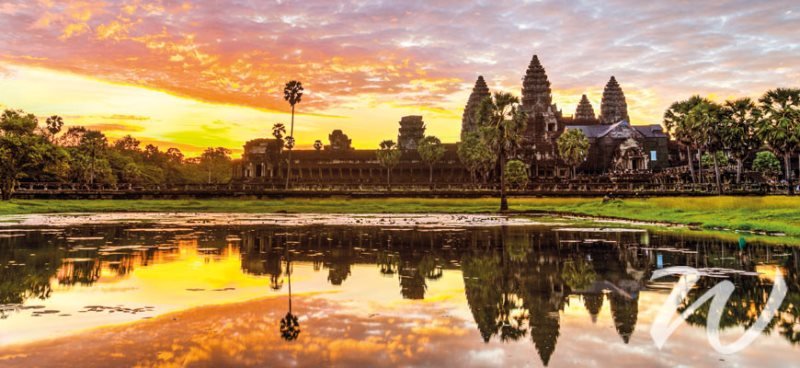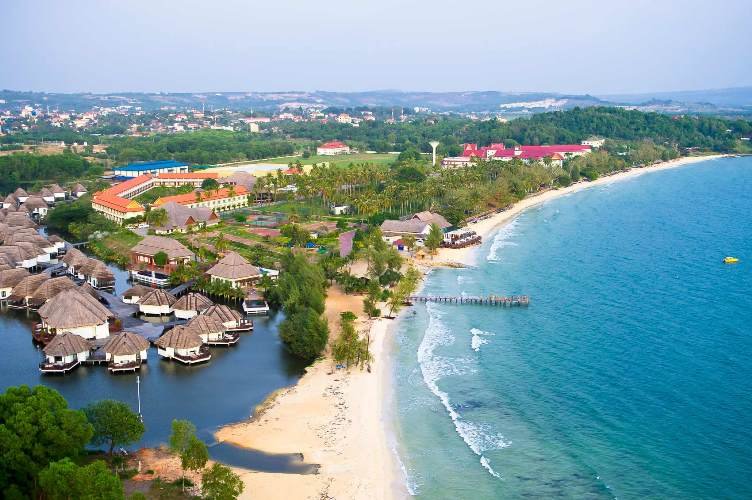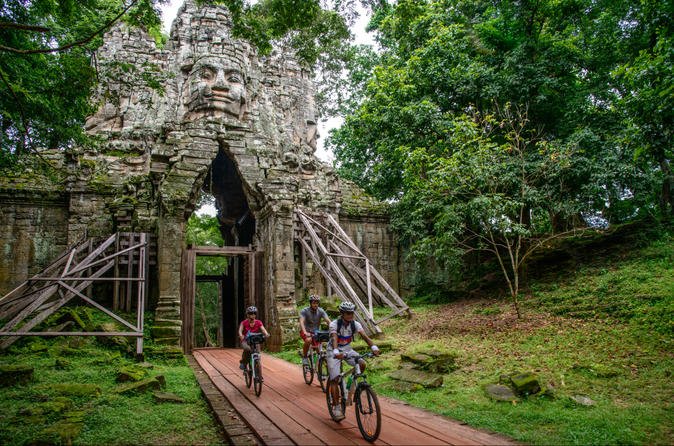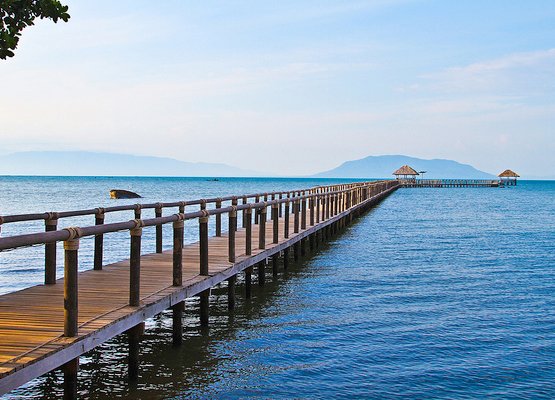Cambodia Official Tourism Website: http://www.tourismcambodia.com/news/localnews/23856/10-best-places-to-visit-in-cambodia.htm
Introduction to Cambodia
The Kingdom of Cambodia (sometimes transliterated as Kampuchea to more closely represent the Khmer pronunciation) is a Southeast Asian nation bordered by Vietnam to the east, Laos to the north, Thailand to the northwest, and the Gulf of Thailand to the southwest.
Cambodia has had a pretty bad run of luck for the last half-millennium or so. Ever since the fall of Angkor in 1431, the once mighty Khmer Empire has been plundered by its neighbors. It was colonized by the French in the 19th century, and during the 1970s suffered heavy carpet bombing by the USA. After a false dawn of independence in 1953, Cambodia promptly plunged back into the horrors of civil war in 1970 to suffer the Khmer Rouge's incredibly brutal reign of terror, and only after UN-sponsored elections in 1993 did the country begin to totter back onto its feet.
Much of the population still subsists on less than the equivalent of US$1 a day, the provision of even basic services remains spotty, and political intrigue remains as complex and opaque as ever; but the security situation has improved immeasurably, and increasing numbers of visitors are rediscovering Cambodia's temples and beaches. Siem Reap, the gateway to Angkor, now sports luxury hotels, chic nightspots, ATMs, and an airport fielding flights from all over the region, while Sihanoukville is getting good press as an up-and-coming beach destination. However, travel beyond the most popular tourist destinations is still unpredictable and risky.
The two pillars of Cambodia's newly-stable economy are textiles and tourism. The tourism industry has grown rapidly with over 1.7 million visitors arriving in 2006 and 5.0 million in 2016. The long-term development of the economy after decades of war remains a daunting challenge, as the population lacks education and productive skills, particularly in the poverty-ridden countryside, which suffers from an almost total lack of basic infrastructure. Although billions of dollars in foreign aid have been spent in Cambodia since the 1990s and a tour through Phnom Penh reveals streets of gilded mansions and luxury vehicles, more than 60% of the population still subsist on agriculture alone. Nevertheless, new construction of roads, irrigation, and farm land development are showing improvement in rural areas.
Economic development bases on the deep-water port of Sihanoukville, the enhancement of electricity supply, the modernization of the railway, and the construction and pavement of roads. "Cambodia has one of the most investor-friendly environments in ASEAN: no exchange controls, no restriction on repatriation of profits, no discrimination between foreign and local investors; Corporate income tax is only 20% and there are tax holidays of up to nine years. Foreigners can also take out leases of land for up to 99 years.
Above photos and contents are taken from http://www.tourismcambodia.com/; https://wikitravel.org/en/Cambodia
© by Joysoft Inc. All Rights Reserved




